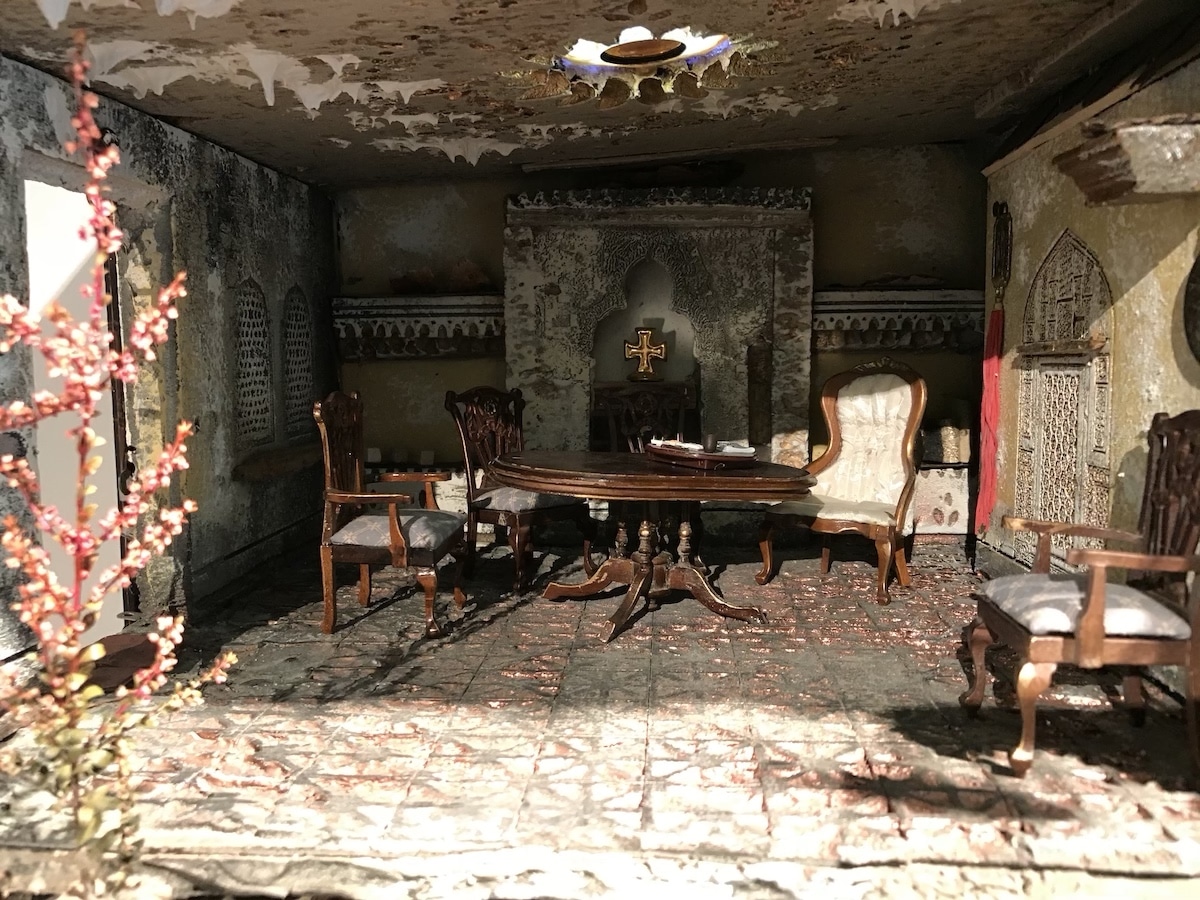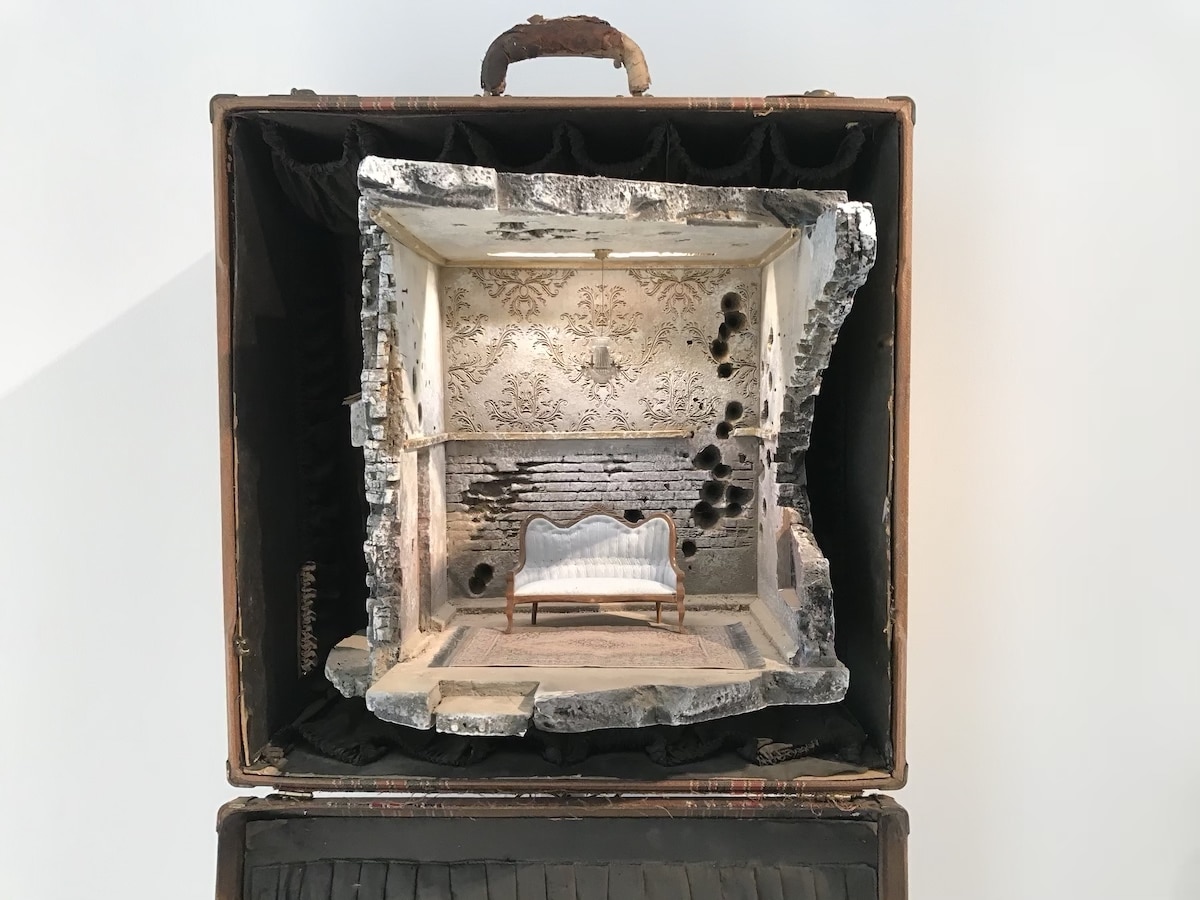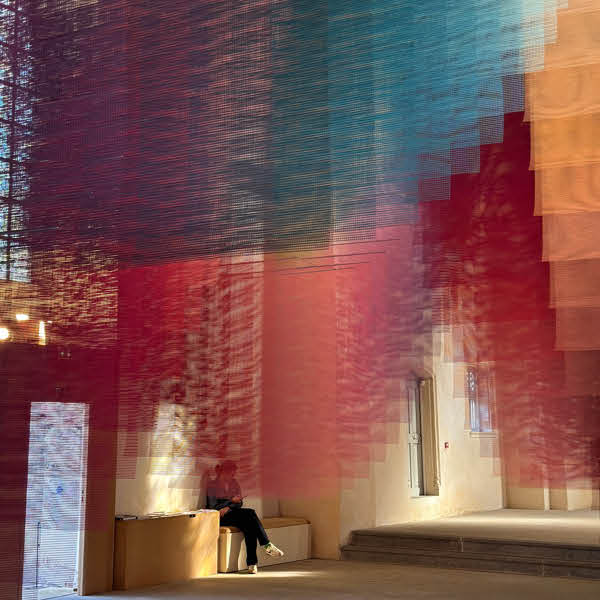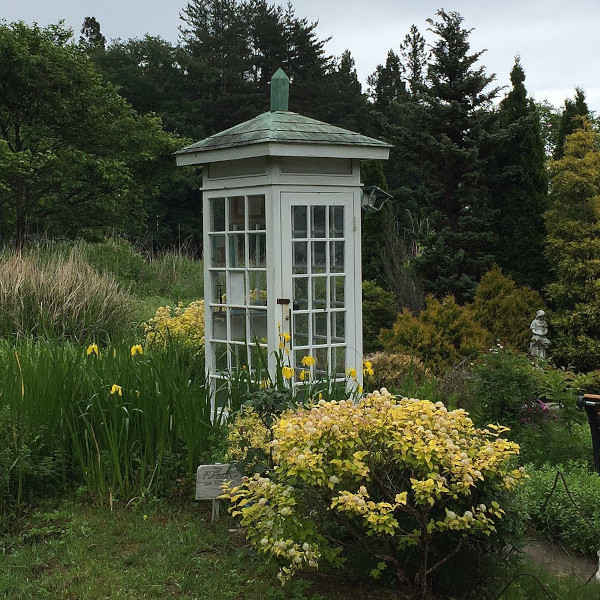
Working together with writer Ahmed Badr, architect and sculpture artist Mohamad Hafez listened to the stories of refugee families living in America and helped shine a light on their experiences. As two former refugees themselves—Hafez from Syria and Badr from Iraq—this is an issue close to their hearts. The result is Unpacked, an emotional multi-media installation where the voices of each family tell their experiences as viewers engage with an incredible scale model of the homes they've left behind.
Each model, created by Hafez, is packed into a suitcase as a symbol of the baggage these families carry forward into their new lives. These rooms have been left behind, becoming remnants of a former life that was interrupted due to war or civil unrest. As Hafez listened carefully during the interviews, which often ran six to seven hours, he was sketching what he heard. Using what he discovered, he was able to mold their memories into a visual representation that leaves no question about the dire circumstances these refugees faced.
In pairing a voice and a visual, Hafez and Badr hope to build a bridge of understanding between East and West. All too often, the American public only hears about refugees in a negative light, through the filter of third parties. With Unpacked, the public is able to view, listen, and judge for themselves after learning first-hand information.
Unpacked will be on view at the University of Madison-Wisconsin from February 5, 2020 to March 15, 2020. Read on to learn more about the process of creating this socially-important project in My Modern Met’s exclusive interview with Mohamad Hafez.

How did the collaboration between you and Ahmed Badr come about?
The project started with Wesleyan University, where Ahmed Badr is a student. Ahmed is a Naraku refugee himself and a writer that works with youth to help them tell their stories and narratives. So the truth is that Wesleyan University put us together and we decided to do this project.
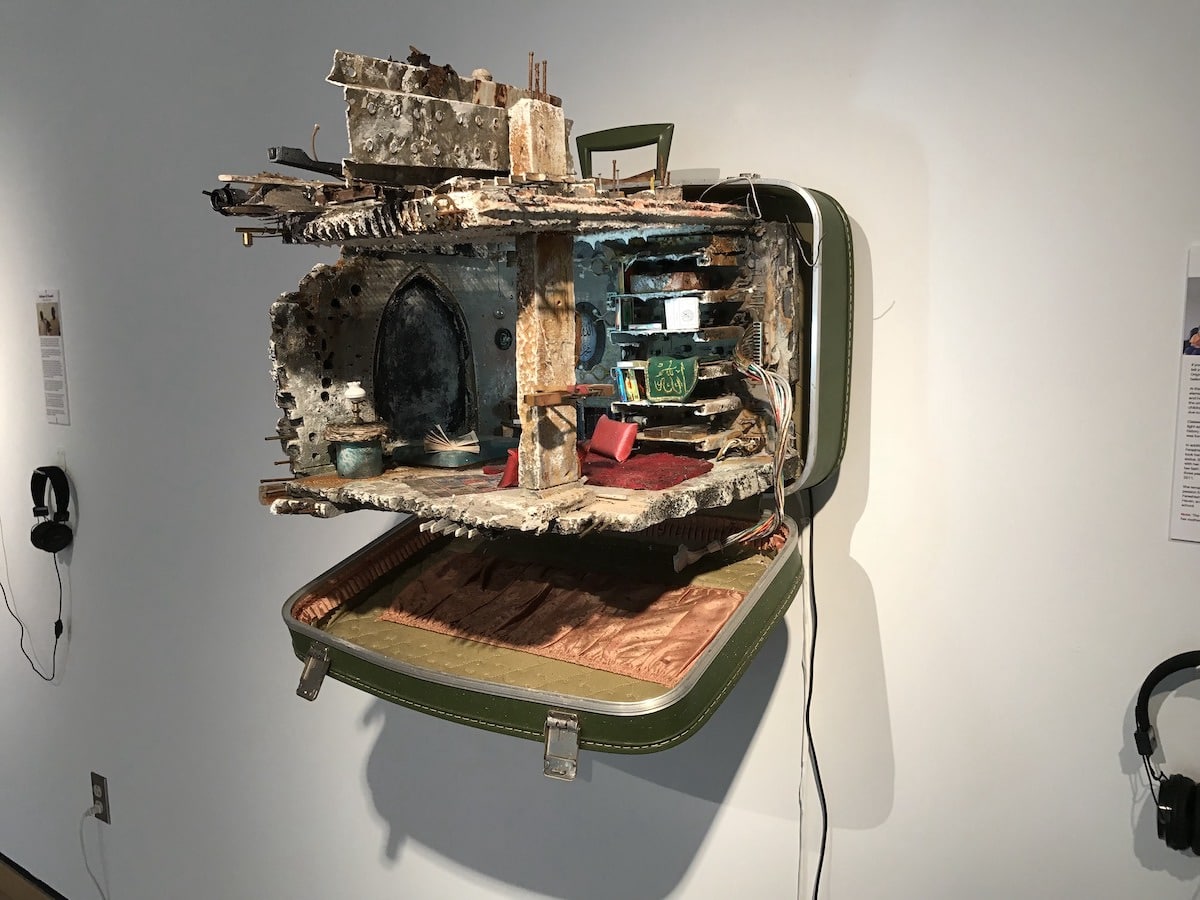

How was Unpacked conceived and what’s the creative process for making each piece come to life?
Unpacked was conceived as ten suitcases, nine wall pieces, and one big installation. We interviewed a lot of refugee families from Iraq, Afghanistan, Congo, Syria, Iran… We did not want to only talk about Syria and Iraq, but to reflect the global nature of the refugee crisis. So we picked people from all over.
We sat for several hours with a lot of tea and biscuits and baklava and we took away a lot of recordings. Ahmed might ask the family questions that I've requested as I sat taking notes and drawing. So, as a sculpture artist, I was fishing for architectural details that they would allude to. If somebody started talking about a living room that they left suddenly I started asking: “Can you describe to me your living room?,” “What color is your furniture?,” “What color are the walls?,” “Do you have any photographs?,” and so on. The families had no idea why I was asking these questions. Of course, I knew that I would go back to my studio and try to recreate that space.


How do you feel that your own background helped inform the final product?
Ahmed came here as a very young man and went to the school system. I also came here to study architecture. I am, by profession and practice, a full-time architect. So I came here at about 17 years old and I've been here for about 20 years. I am an American citizen now.
This background of being here so long, and being able to relate to the American and Western society, allows me to dilute seven hours of conversation with each refugee family into a soundbite. It allows me to be able to select something that would intrigue the average Joe. So the challenge was, to myself as an artist, what would I tell somebody with spicy opinions against refugees in thirty seconds before I lose their attention that would intrigue them to learn more about them?
So, these headsets that you put on and you hear Ahmed Badr's voice interviewing them—we have curated 30-60 seconds maximum of that conversation—lead you to learn more about each family. Then you go to the placard on the side and you learn more about the family.
What was intriguing in the whole exhibit: the word “refugee” does not show up anywhere on the wall other than a small title when you enter the exhibit. This is intentional simply because we wanted the viewer to experience all stories before stopping and saying, “Wait a second, these are refugees and they're here in America?”


What was the most challenging, and the most rewarding, part of Unpacked?
I think the most challenging part of Unpacked was taking in someone's very emotional story, six or seven hours of conversation, and them putting their trust in us to tell their story to the outside world while I know that I only have, most of the time, 60 seconds before somebody loses attention.
So that was the biggest challenge. What can you tell two different people from two different sides of the world about this family? How can you establish a common denominator, a connection, a human bridge between both people to allow them to surpass the xenophobia or the false perceptions that they might have about one another and establish a dialogue? That was the most challenging, and God bless the work because there was a genuine intention to help these families and to tell their stories. The work is not for sale. It will never be for sale. So it's just made to raise awareness and travel around the country telling these stories.
And as a flip side to that, the most rewarding part is that I discovered that my artistic skill is now put to use for a humanitarian force, an activist role that goes beyond telling my own story and my family's story or Ahmed's story. This is now much larger than us and it's talking about humanizing a large population that is most of the time thought about in the complete abstract.

Photo: Rodney Nelson
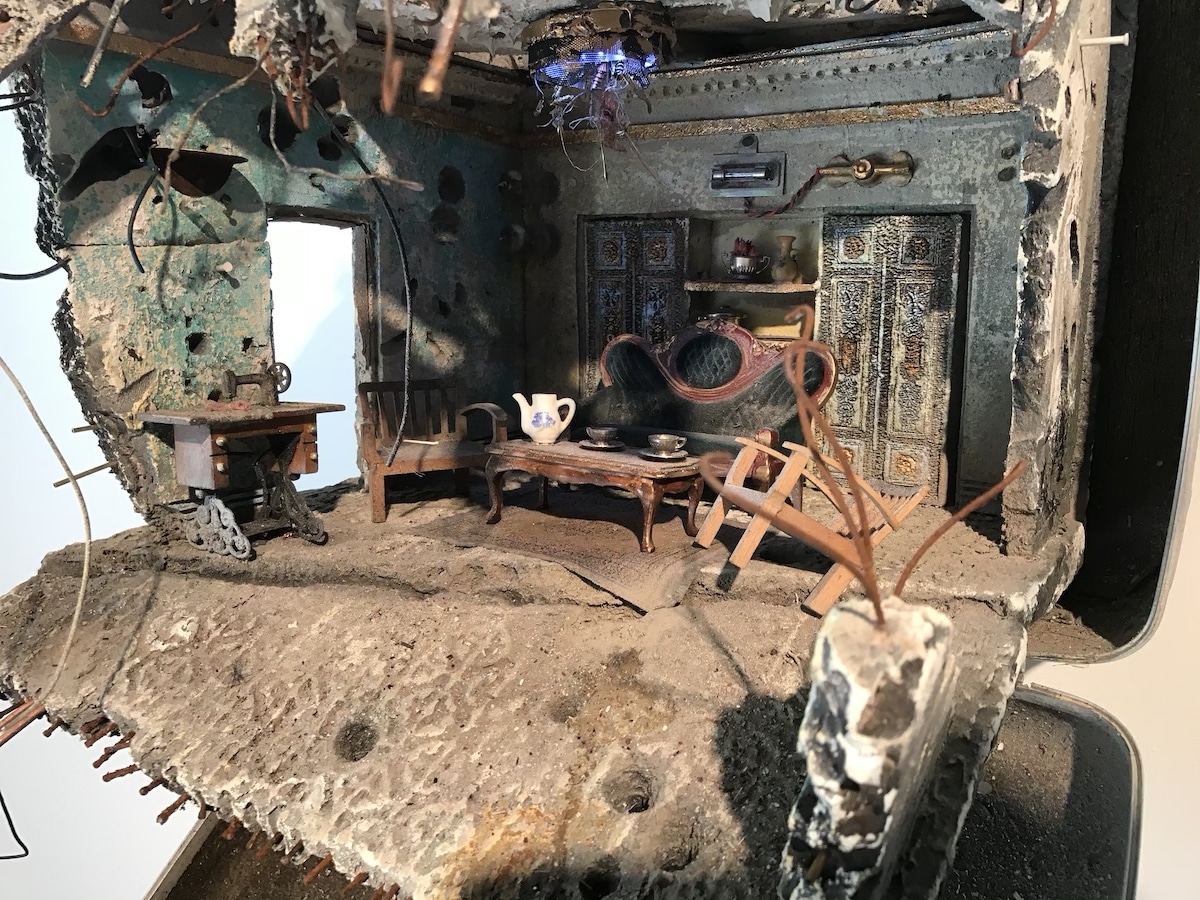
Is there any particular story or room that stands out for you?
I think Ayman and Ghena's story is really interesting. All the stories are on our website, but with their particular story, they were having breakfast and the vivid memory of the last thing they remembered happening is that their grandpa just rushes into the room and says we have to go right now.
And they said, we left the breakfast and everything intact and we thought we would be gone for five or six hours and we would come back and clean everything up. And I asked him “Well, how long has it been then”? And they said, “It's been six years.” This was in an interview two years ago. So now it's been eight years since they've left. That was intriguing to me and you see in their suitcase that the living room and the teacups are still there on the coffee table and so on.
A lot of people in the West can relate to Ayman's story because, although they might not have evacuated their houses right then and there due to a war or an army going into their village, a lot of people have left and lost their homes due to hurricanes, tornadoes, and wildfires without taking anything with them other than their pajamas and a couple of slippers. So that human experience is now shared between somebody in the East and somebody in the West and can apply as a shared human lived experience that you build mutual understanding on, that you use to say “Okay, why is this family being perceived any better than the other?” Or “why is that family being perceived as a national homeland security threat?”


What do you hope that people take away from Unpacked?
I hope people will see the common denominator that connects us all. I hope people would understand that xenophobia is a tool that politicians use to divide people and to get their political agendas, but it doesn't take much, once you've established a dialogue, once you've really started to get to know the other person… Most of the time you realize that there isn't much difference and that difference adds to our unity and adds to our complexity as cultures.
We're not trying to romanticize refugees, but trying to humanize them. I'm not telling people what to think or what to do. But here are 10 families, make up your mind. Chances are 99.9% of the people are like me and you and everybody else. So, you know, if we're able to educate in divided times and xenophobic times for people to invest in each other before they label thousands and millions of people with one wide brushstroke as a Muslim or a refugee or a homeland security threat. If we can educate beyond that, I think we should do our responsibility in educating tomorrow's politicians.
Why? Because I don't want to grow in a world and live in a world that has another Muslim travel ban again. The very travel ban that caused me to stay here 10 years, made me very homesick and albeit established my art career, but I don't want that to happen to anybody else.




